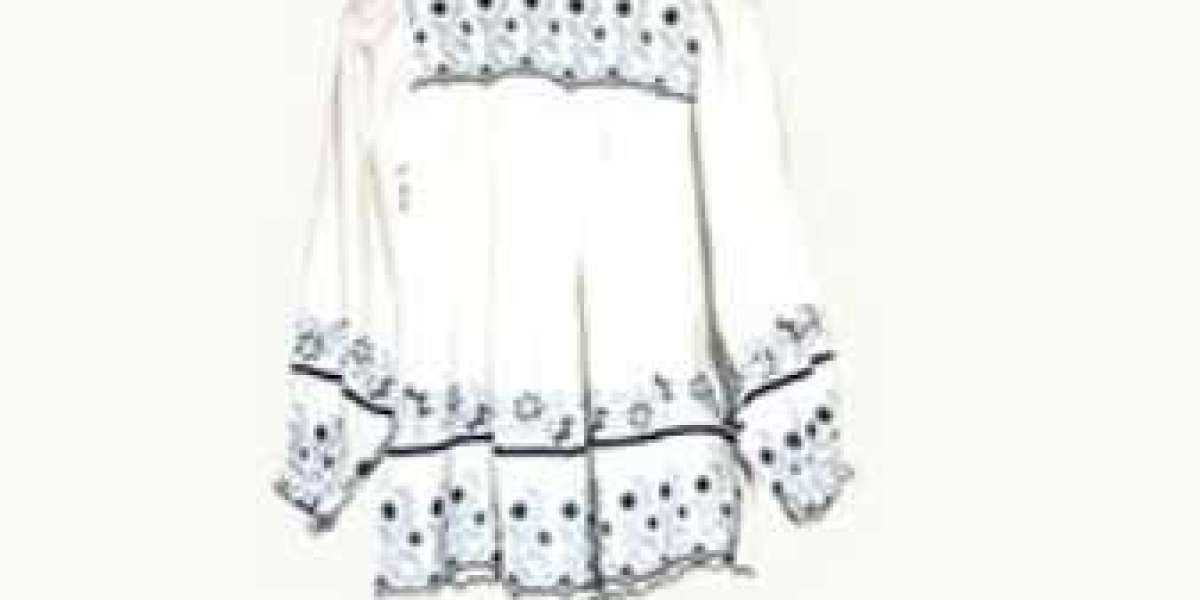The garment manufacturing process plays a vital role in bringing creativity to life. There are several essential stages from the initial design concept to the final product. Garments must go through before they are ready to hit the shelves. This article explores the four crucial stages that every garment goes through in the facility of the best garment manufacturers. This article also sheds light on the meticulous craftsmanship involved in each step.
Cutting
The foundation of any garment begins with precision cutting. This initial stage is critical as it sets the stage for the entire manufacturing process. Skilled technicians carefully lay out patterns on multiple layers of fabric. This ensures minimal waste and maximum efficiency. The fabric is then meticulously cut according to the pattern Using specialized cutting machines. This guarantees uniformity in size and shape.
During the cutting process utmost care is taken to match the fabric's grain ensuring the garment drapes naturally and retains its shape. This attention to detail ensures the final product meets the designer's exact specifications. It also maintains the quality standards mandatory at all of the ladies clothing manufacturers.
Embroidery
Embroidery adds a touch of artistry and individuality to garments. This makes this stage a pivotal one in the manufacturing process. Skilled artisans utilize computerized embroidery machines to bring intricate designs to life on the fabric. These machines work in tandem with specialized software. This allows for precise and flawless execution of the desired patterns.
The embroidery stage demands an artistic eye and a steady hand whether it's a delicate floral motif or an elaborate logo. Each stitch contributes to the overall aesthetic. It creates a garment exuding elegance and uniqueness. Once the embroidery is complete quality checks are conducted. This ensures the final product meets the brand's standards.
Stitching
Stitching, often considered the heart of the garment manufacturing process, involves joining individual pieces of fabric together to form the final product. This stage requires a harmonious fusion of technology and craftsmanship, as sewing machines take center stage.
Highly skilled seamstresses and tailors operate these machines at the best garment manufacturers, skillfully stitching together intricate patterns and designs. Attention to detail is paramount during this phase, as even the slightest deviation can impact the garment's fit and overall appearance. Throughout the stitching process, quality control checks are conducted at regular intervals to address any potential issues promptly. The combination of human expertise and technology ensures that the finished garment boasts flawless construction and meets the high standards set by both the brand and the customer.
Washing
The washing stage is the final touch in the garment manufacturing process, adding softness and enhancing the fabric's texture. This step is particularly crucial for denim and other fabrics that undergo a distressed or vintage treatment.
Garments are subjected to various washing techniques such as stone washing, enzyme washing, or acid washing, depending on the desired outcome. These methods help achieve the desired color fading and softness, giving the garment a unique appearance.
However, the washing process requires meticulous attention, as improper techniques can result in inconsistencies or even damage to the garment. Therefore, specialized technicians ensure that every garment is washed with the utmost care, providing a perfect finish to the production process.
Conclusion
The garment manufacturing process is an intricate journey that transforms a designer's vision into reality. Each stage, from cutting and embroidery to stitching and washing, plays a crucial role in ensuring that the final product meets the highest standards of quality and craftsmanship. By understanding and appreciating the dedication and artistry involved in each stage, one can truly grasp the essence of the ladies clothing manufacturers and the passion that drives them forward.








